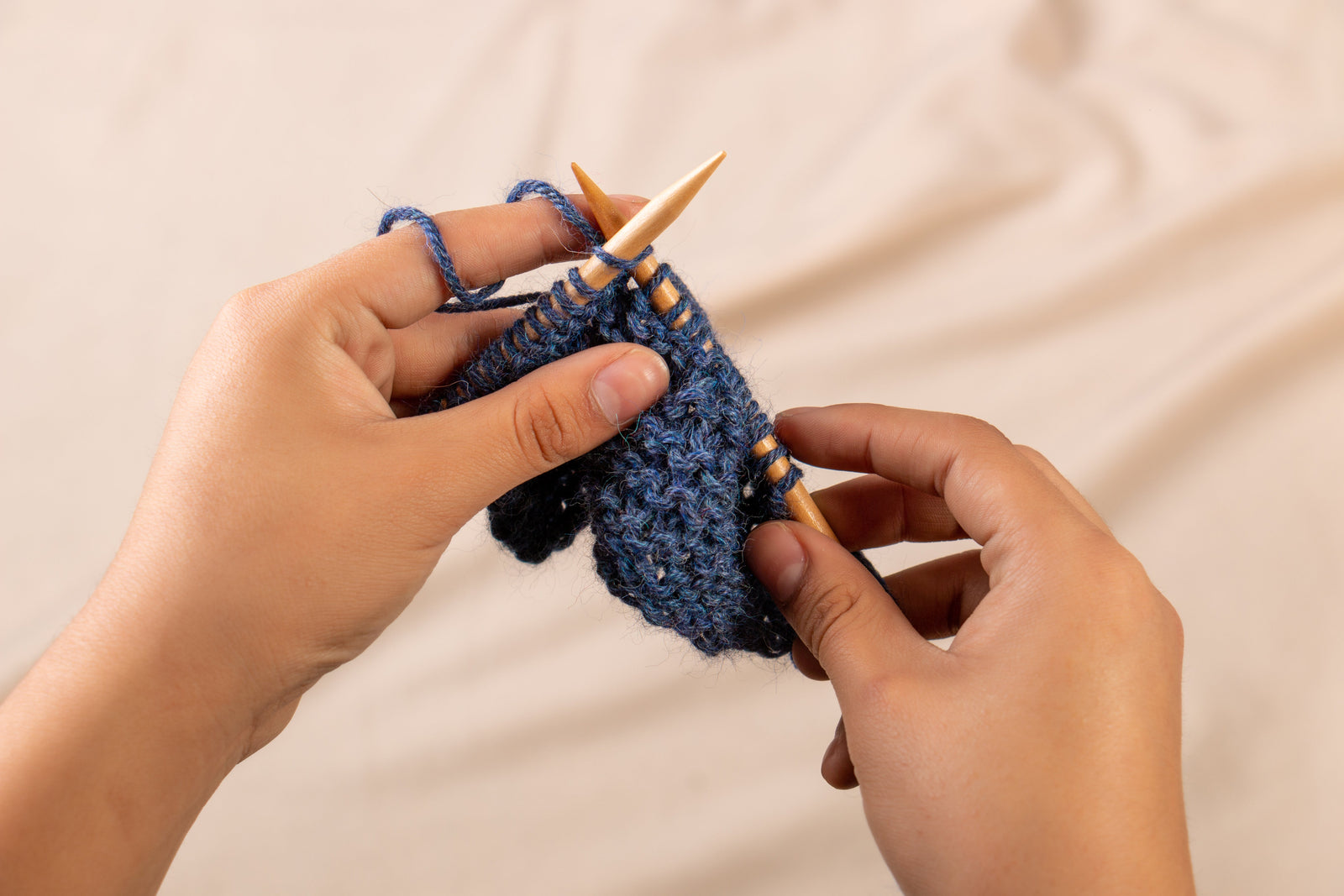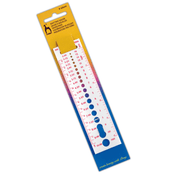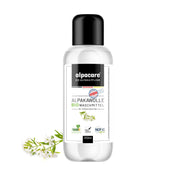Mastering the special softness and drape of alpaca
When working with alpaca yarn, you should pay particular attention to its soft texture and flowing drape. The first step is choosing the right needle size to maximize the yarn's performance. Needles that are too large could cause the fabric to become too loose and lose its shape—and that's something you want to avoid.
It also helps to adjust your knitting rhythm a little. This way, your garment retains its shape while perfectly showcasing the smooth elegance of alpaca. Patterns like lace or ribbing are great for highlighting the yarn's flowing texture without overworking the stitches.
After knitting comes the process of blocking. This is an absolutely essential step to give the finished piece the perfect drape and align the stitches for a neat finish. And remember: Alpaca is delicate, so wash and store your knitwear carefully to ensure it retains its heavenly softness.
Choosing the right yarn thickness for your project
Yarn weight plays a major role in how your finished piece looks and feels. There's a clear connection between yarn weight and the purpose of the project. If you want to knit something light and elegant, like a shawl or scarf, it's best to choose a lighter yarn, such as fingering or sport weight. These yarns are perfect for highlighting the delicate drape and smooth texture of alpaca. They're not bulky and make the stitches appear finer without losing alpaca's luxurious character. For projects that need more substance and warmth, like cozy cardigans or thick sweaters, choose a medium-weight yarn, such as DK weight. This weight not only gives your garments structure but also makes the most of alpaca's natural warming properties. This way, your work will not only be beautiful but also practical for cold days. By choosing the yarn weight carefully, you can perfectly match your project to the properties of the material. The drape, stability and functionality of your finished piece are thus optimally combined.




